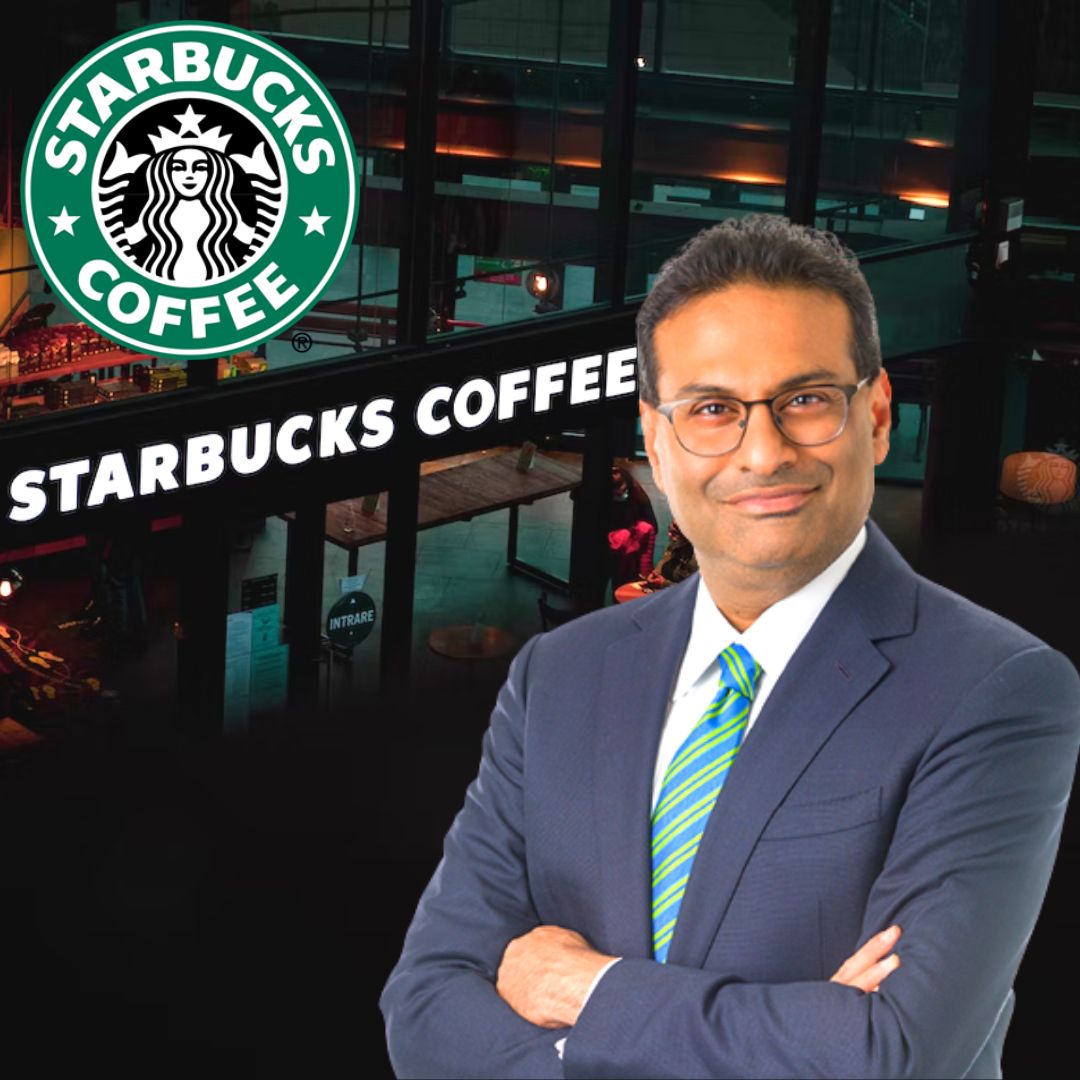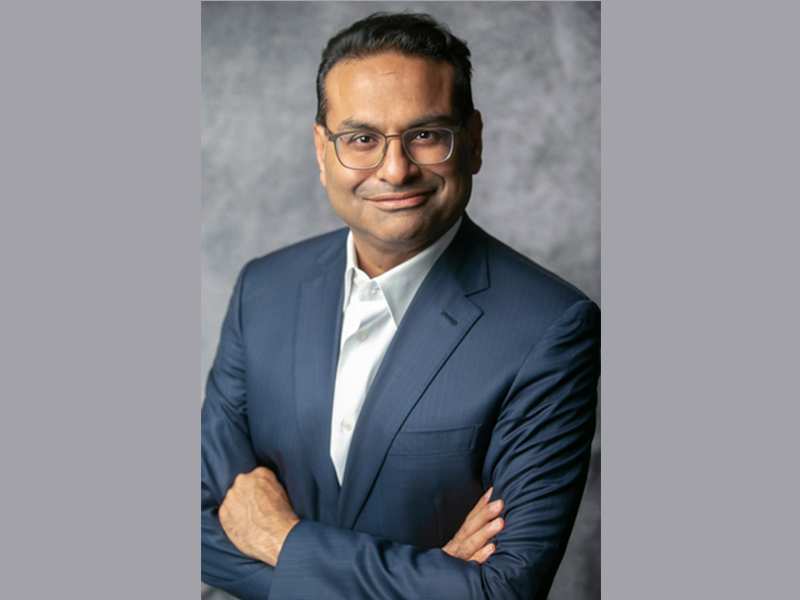Leadership and Management Style: Ceo Of Starbucks

Howard Schultz, the iconic leader of Starbucks, has been a driving force behind the company’s global success, known for his passionate vision, unwavering commitment to employee well-being, and innovative approach to customer experience.
Schultz’s Leadership Style
Schultz’s leadership style can be characterized as a blend of visionary, charismatic, and transformational. He possesses a strong belief in the power of human connection and the importance of creating a positive and inspiring work environment. Schultz’s leadership is deeply rooted in his personal values and a genuine desire to make a difference in the lives of his employees and customers.
Impact on Starbucks’ Culture and Operations
Schultz’s leadership has profoundly shaped Starbucks’ culture and operations, fostering a unique environment that values employee empowerment, customer connection, and ethical sourcing.
- Employee Empowerment: Schultz believes in empowering employees by providing them with opportunities for growth, development, and ownership. He implemented initiatives such as stock options and employee benefits, creating a sense of shared purpose and commitment.
- Customer Connection: Schultz emphasizes the importance of building strong relationships with customers, viewing them as partners in the Starbucks experience. He introduced initiatives like personalized service, in-store events, and community outreach programs to foster a sense of connection and loyalty.
- Ethical Sourcing: Schultz prioritizes ethical sourcing practices, ensuring that Starbucks coffee beans are ethically sourced and support sustainable farming practices. He established the Coffee and Farmer Equity (CAFE) Practices, a set of ethical guidelines for coffee production that prioritize fair trade and environmental sustainability.
Comparison with Previous CEOs
While Schultz’s leadership style has been a defining factor in Starbucks’ success, it’s important to acknowledge the contributions of previous CEOs, each bringing their own strengths and perspectives.
- Orin Smith (2000-2008): Smith focused on expanding Starbucks’ global footprint and refining its operational efficiency, streamlining processes and expanding into new markets.
- Jim Donald (2005-2008): Donald’s leadership was marked by a focus on operational excellence and customer satisfaction, introducing initiatives like a streamlined menu and improved customer service standards.
- Howard Schultz (2008-2017): Schultz’s return as CEO in 2008 was driven by a need to revitalize the company’s core values and reconnect with its customers. He implemented initiatives like the “My Starbucks Rewards” program and expanded its mobile ordering and payment capabilities.
Effectiveness in Navigating Challenges, Ceo of starbucks
Schultz’s leadership has been tested by various challenges, including the 2008 financial crisis and the COVID-19 pandemic.
- 2008 Financial Crisis: Schultz’s decision to close underperforming stores and focus on core operations helped Starbucks weather the financial crisis. He also implemented cost-cutting measures and streamlined operations, ultimately positioning the company for future growth.
- COVID-19 Pandemic: Schultz’s leadership during the COVID-19 pandemic was characterized by a focus on employee safety and customer well-being. He implemented safety protocols, transitioned to a predominantly drive-thru and delivery model, and supported employees through financial assistance and leave programs.
Business Strategy and Innovation

Starbucks’ business strategy is a dynamic blend of growth, sustainability, and customer experience, constantly evolving to meet changing market demands and societal expectations. This approach has propelled Starbucks to become a global coffee giant, while also addressing critical issues like environmental responsibility and social impact.
Starbucks’ Current Business Strategy
Starbucks’ current business strategy revolves around three key pillars: growth, sustainability, and customer experience. The company aims to achieve sustained growth by expanding its global footprint, introducing new products and services, and leveraging digital platforms. Sustainability is ingrained in Starbucks’ operations, focusing on ethical sourcing, environmental conservation, and community engagement. The company prioritizes delivering exceptional customer experiences through personalized offerings, innovative technologies, and a welcoming atmosphere.
Key Innovations Introduced by Starbucks
Under the current CEO, Starbucks has introduced several key innovations, transforming the coffee experience and enhancing its competitive edge. These innovations include:
- Mobile Ordering and Payment: Starbucks’ mobile ordering app has revolutionized the customer experience, enabling users to place orders and pay seamlessly through their smartphones. This innovation has significantly reduced wait times and streamlined the ordering process, enhancing convenience and efficiency.
- Personalized Rewards Programs: Starbucks’ loyalty program, My Starbucks Rewards, offers personalized rewards and benefits based on customer preferences and spending habits. This program fosters customer engagement and loyalty, driving repeat purchases and enhancing brand affinity.
- Expansion of Food Offerings: Starbucks has expanded its food offerings beyond traditional pastries and sandwiches, introducing healthier options and seasonal favorites. This diversification caters to a wider range of customer preferences and increases revenue streams.
- Enhanced Store Design: Starbucks has redesigned its stores to create a more inviting and comfortable environment, incorporating elements like Wi-Fi, comfortable seating, and personalized touches. This focus on ambiance enhances the customer experience and fosters a sense of community.
Success of Starbucks’ Recent Initiatives
Starbucks’ recent initiatives, such as mobile ordering and personalized rewards programs, have been remarkably successful. The mobile ordering app has become a staple for many customers, significantly reducing wait times and increasing efficiency. The personalized rewards program has proven effective in driving customer loyalty and engagement, leading to increased revenue and customer satisfaction.
Evolution of Starbucks’ Business Strategy
| Year | Business Strategy Focus | Key Initiatives |
|---|---|---|
| 2013 | Expansion and Innovation | Global store expansion, introduction of mobile ordering, launch of My Starbucks Rewards |
| 2015 | Sustainability and Customer Experience | Commitment to ethical sourcing, focus on environmental sustainability, personalized menu options |
| 2017 | Digital Transformation and Growth | Expansion of mobile app features, introduction of new beverage categories, strategic partnerships |
| 2019 | Customer-Centricity and Innovation | Personalized recommendations, expanded food offerings, focus on store design and ambiance |
| 2021 | Growth and Resilience | Global store expansion, digital-first strategy, focus on operational efficiency |
Challenges and Opportunities

The journey of Starbucks, a global coffeehouse giant, has been marked by remarkable success and innovation. However, like any business, Starbucks faces its own set of challenges and opportunities, which shape its future trajectory. These challenges are a testament to the dynamic nature of the industry, while the opportunities present a roadmap for continued growth and expansion.
Competition
Starbucks operates in a fiercely competitive landscape, facing rivals from both established coffee chains and emerging independent roasters. The rise of specialty coffee shops, convenience stores offering coffee, and even grocery stores with expanded coffee selections, has fragmented the market. This intense competition forces Starbucks to constantly innovate, enhance its offerings, and provide exceptional customer experiences to maintain its market leadership.
Labor Costs
The cost of labor is a significant expense for Starbucks, particularly in regions with high minimum wage requirements. The company faces challenges in balancing employee wages with profitability, especially as it expands its operations globally. Starbucks has taken steps to address this challenge, including increasing wages for employees, offering benefits, and investing in employee training and development.
Changing Consumer Preferences
Consumer tastes and preferences are constantly evolving, driven by factors such as health consciousness, ethical sourcing, and sustainability. Starbucks needs to adapt to these shifts by introducing new products, adjusting its menu, and promoting its commitment to responsible practices. This includes offering plant-based options, reducing sugar content, and sourcing coffee beans from sustainable farms.
Opportunities for Growth
Despite the challenges, Starbucks has a number of opportunities to expand its market share and drive future growth. These include:
- Expanding into new markets: Starbucks continues to explore new international markets, particularly in emerging economies where the demand for coffee is growing. This expansion strategy allows Starbucks to tap into new customer bases and leverage its global brand recognition.
- Developing new product categories: Starbucks has diversified beyond coffee by introducing tea, pastries, and other food items. The company can further expand its product offerings to cater to evolving consumer preferences, such as plant-based alternatives and healthy snacks.
- Leveraging technology: Starbucks has embraced technology to enhance the customer experience, including mobile ordering, loyalty programs, and personalized recommendations. The company can continue to invest in technology to streamline operations, improve efficiency, and provide innovative solutions.
Technological Advancements
Technological advancements have a profound impact on Starbucks’ business, presenting both challenges and opportunities. The company has already adopted mobile ordering, personalized recommendations, and digital payment systems to enhance customer convenience and engagement. However, it needs to stay ahead of the curve by exploring emerging technologies such as:
- Artificial intelligence (AI): AI can be used to optimize inventory management, predict demand, and personalize customer interactions. This can help Starbucks improve efficiency and provide a more tailored experience.
- Augmented reality (AR): AR can enhance the in-store experience by providing interactive menus, personalized recommendations, and immersive entertainment. This can create a more engaging and memorable experience for customers.
- Blockchain technology: Blockchain can be used to track the origin of coffee beans, ensuring transparency and ethical sourcing. This can build trust with customers who are increasingly concerned about sustainability and social responsibility.
Future Trends
Several future trends could significantly impact Starbucks’ success. These include:
- Increased focus on sustainability: Consumers are increasingly demanding sustainable practices from businesses. Starbucks can leverage its commitment to ethical sourcing, waste reduction, and environmental conservation to appeal to this growing segment of consumers.
- Growth of the plant-based market: The demand for plant-based alternatives is rapidly increasing, driven by health consciousness and environmental concerns. Starbucks can capitalize on this trend by expanding its plant-based offerings, such as dairy-free milk options and vegan pastries.
- Shift towards personalized experiences: Consumers are expecting more personalized experiences, tailored to their individual preferences. Starbucks can leverage data analytics and AI to provide customized recommendations, loyalty programs, and targeted promotions.
Yo, the CEO of Starbucks is like, always hustling to keep the coffee flowing. But you know what else is booming? cmg stock ! Chipotle’s got that fire, man. Maybe the Starbucks CEO should check out how Chipotle’s doing it, y’know?
Gotta stay ahead of the game, right?
Yo, you know how Starbucks is like, the king of coffee, right? Well, their CEO, Howard Schultz, he’s got a pretty wild story. Apparently, he was inspired by a dude named Brian Nichols , who had a crazy life.
Nichols, he went from being a successful businessman to facing serious charges. It’s like a movie, man. But Schultz, he took that inspiration and turned it into a coffee empire. Talk about a comeback!
